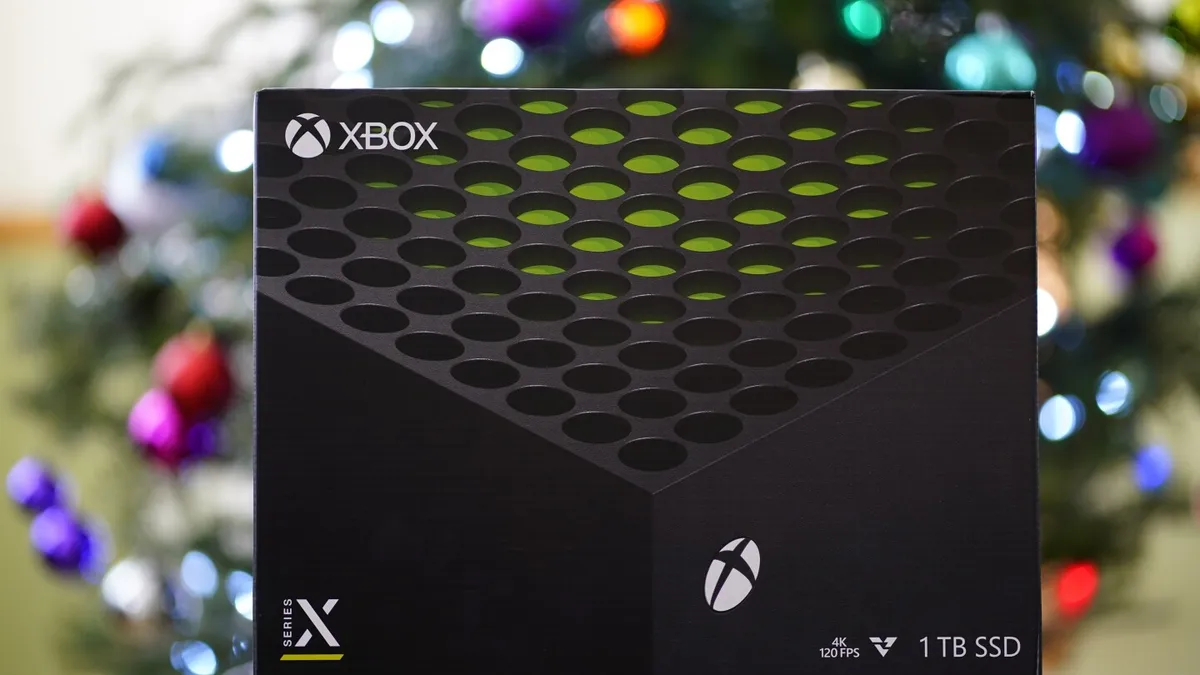
In a significant move impacting gamers worldwide, Microsoft has announced a price increase for its Xbox consoles and controllers. This decision, made amid ongoing tariff uncertainty, has raised concerns among consumers and industry experts alike. The new pricing structure was unveiled this week, reflecting the challenges posed by shifting market conditions and rising development costs.
The price adjustments include a notable increase for the Xbox Series S, which will now retail for $379.99 in the U.S., marking an $80 increase from its initial launch price of $299.99 in 2020. The more powerful Xbox Series X will see a price hike to $599.99, up $100 from its previous price of $499.99. In an official statement, Microsoft acknowledged the difficulties these changes present, highlighting broader market conditions rather than directly attributing the hikes to tariffs.
Beyond the United States, Microsoft has indicated similar price adjustments for customers in Europe, the U.K., and Australia. The company has also committed to local updates for all other affected countries. Additionally, some Xbox accessories, including wireless controllers and headsets in the U.S. and Canada, will experience price adjustments as well.
As the holiday season approaches, Microsoft anticipates raising prices for new, first-party games, setting a new standard price of $79.99. This expected increase reflects the ongoing economic pressures that are influencing the gaming market overall.
The timing of these price hikes coincides with a turbulent period for the gaming industry, largely due to new tariffs implemented during the Trump administration and subsequent retaliatory measures from affected countries, particularly China. Economists have warned that these tariffs will lead to increased prices across various consumer goods that rely on a global supply chain, including electronics.
It's important to note that Xbox gamers are not alone in experiencing these price changes. Last month, Sony raised its recommended retail prices for PlayStation 5 consoles in several markets, including parts of Europe, the Middle East, Africa, Australia, and New Zealand. Sony attributed these adjustments to a challenging economic landscape characterized by high inflation and fluctuating exchange rates.
Moreover, Nintendo faced its own challenges when preorders for the highly-anticipated Switch 2 were delayed as retailers assessed the potential impact of tariffs. Although Nintendo confirmed that some Switch 2 accessories would see price hikes, they maintained that the baseline price of the console would remain at $449.99, which is significantly higher than the original Switch’s price tag of $299.
While the gaming industry grapples with these price increases, the full impact of recent tariffs on companies' financial performance may not be immediately apparent. Microsoft’s price hikes were announced just a day after the company reported strong earnings, with a revenue of $70.07 billion and a net income of $25.8 billion for the January-March quarter. This performance included a 6% revenue increase in its personal computing unit, which encompasses its laptop business and Xbox services, although this data was reported before the latest tariffs took effect.
As the gaming landscape continues to evolve under the weight of economic pressures and tariff implications, consumers and industry stakeholders will be closely monitoring how these developments shape the future of gaming pricing and availability.